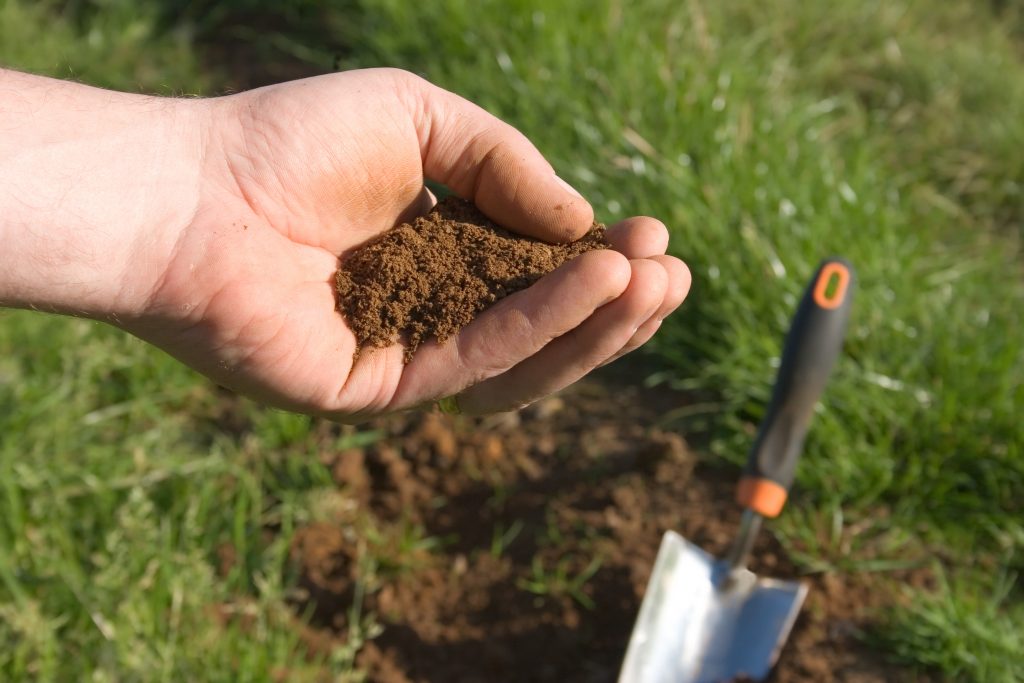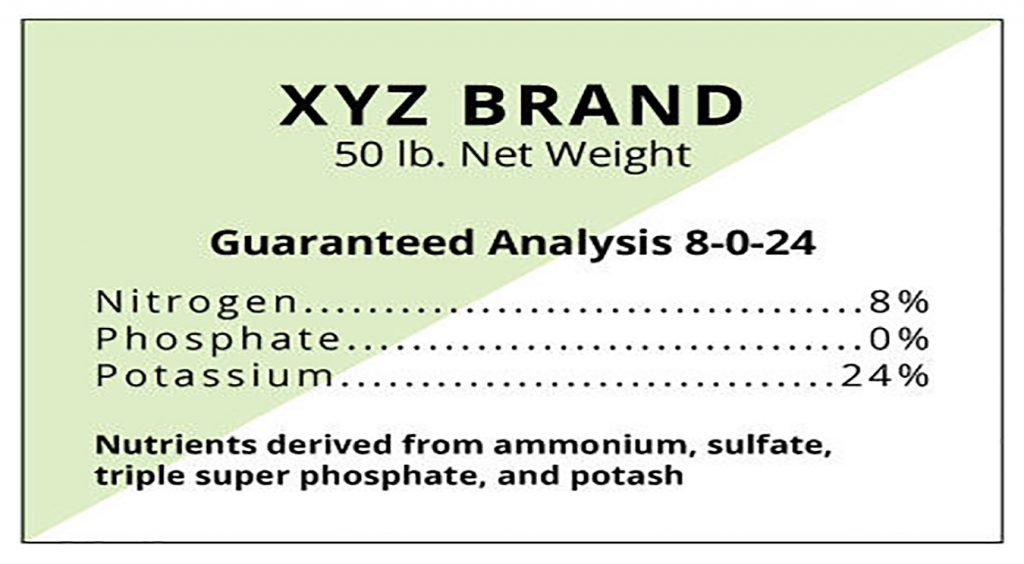Types of Fertilizers

There are many different types of fertilizer available today, though all fertilizers fall under two broad categories, inorganic or chemical fertilizers and organic fertilizers. It can be confusing trying to understand which type, if any, you need. Read on to learn a few key facts that will equip you to make the right choice for your yard and the environment.
Inorganic Fertilizers
Inorganic or chemical fertilizers are fertilizers that come from chemical compounds. These types of fertilizers are sold as granular, powder, or liquid forms in bags, boxes, or bottles at garden centers or other retails stores. Because inorganic fertilizers are blends of chemical compounds, they may contain all three primary macronutrients, nitrogen (N), phosphorus (P), and potassium (K), or only one. In addition to the macronutrients, they may also contain micronutrients such as magnesium, sulfur, or calcium. One benefit of inorganic fertilizers is that they are usually lighter and easier to move around than their organic counterparts.
Organic Fertilizers
Organic fertilizers are simply fertilizers made of natural materials, including livestock manure, bone meal, blood meal, fish meal, and/or compost. Organic fertilizers usually contain all three nutrients (N, P, and K) because it is difficult or impossible to separate them or remove one and keep the material organic. Organic fertilizers may also require you to apply more to your lawn than an inorganic fertilizer. This is because the concentration of the nutrients cannot be controlled like it can be when manufacturing inorganic fertilizers. For example, fish meal contains anywhere between 4 and 8% nitrogen while the phosphorus content can be anywhere between 4 and 6%. If you were to use fish meal to fertilizer your lawn at a rate recommended by turfgrass managers (typically a nitrogen number in the 20s) the application rate (total amount applied) would be much higher because of the low concentration of nitrogen. By doing this, however, you have also increased the amount of phosphorus being applied to your lawn, which can result in unused nutrients by your lawn and negative impacts to local waterways when it runs off. For example, if the phosphorus number on the bag is low, often so is the nitrogen number. Turf grass managers will often recommend nitrogen numbers in the twenties (20s); therefore, if organic fertilizers with low nitrogen percentages are used, the recommended application rates (total amount applied) are often high resulting in a larger amount of phosphorus being applied than is ideal. Even low phosphorus products can add up to large loads of phosphorus depending on how much is applied.
Starter Fertilizers
While the majority of lawn fertilizers no longer contain phosphorus, some still do – these are starter fertilizers. Starter fertilizers are high in phosphorus (middle number on the bag) because it is one of the most important nutrients for root development. The use of a starter fertilizer will help with the germination and establishment of the grass plant. Starter fertilizers should ONLY be used to establish a turfgrass area from seed or sod. Starter fertilizers should not be used on established lawns. Unless a soil test states otherwise, the addition of phosphorus to a lawn through fertilizer application is not needed to keep a lawn healthy.
Soil Testing

Before you spend lots of money on fertilizer, you should have your soil tested to see if your soil actually needs additional nutrients. Soil testing involves sending a sample of your lawn’s soil to a laboratory to learn what levels of nutrients currently exist. The test results also provide recommendations on what you may need (in terms of pH, nitrogen, phosphorus, and potassium) to help your lawn and other plants be healthy and grow their best.
Home lawn and garden soil samples can be submitted to MSU Soil and Plant Nutrient Lab or UMASS Soil & Plant Nutrient Testing Lab. For more information, you can check with your local soil and water conservation district or extension office.
Reading Fertilizer Labels

If your soil test results indicate that fertilizer is still needed for your yard, you’ll need to know how to read and interpret the fertilizer labels. All bags of fertilizer should have three numbers displayed prominently on their labels. These numbers represent the percentage by weight of nitrogen (N), phosphorus (P), and potassium (K), respectively. If your soil test results say that your yard is sufficient in phosphorus but does need some added nitrogen and potassium, you will want to buy a fertilizer with a zero (0) in the middle, meaning that there is no phosphorus in the product. Likewise, if your soil does not need added nitrogen, you will want to purchase a product with a zero (0) as the first number on the bag. Remember, when applying fertilizer to your lawn make sure to follow the manufacturer’s guidelines. And more is NOT better! Remember, too much can harm (‘burn’) your lawn and also presents a great risk to local waterways when the unused fertilizer runs off into nearby drains or directly to streams and drainage ditches when it rains.